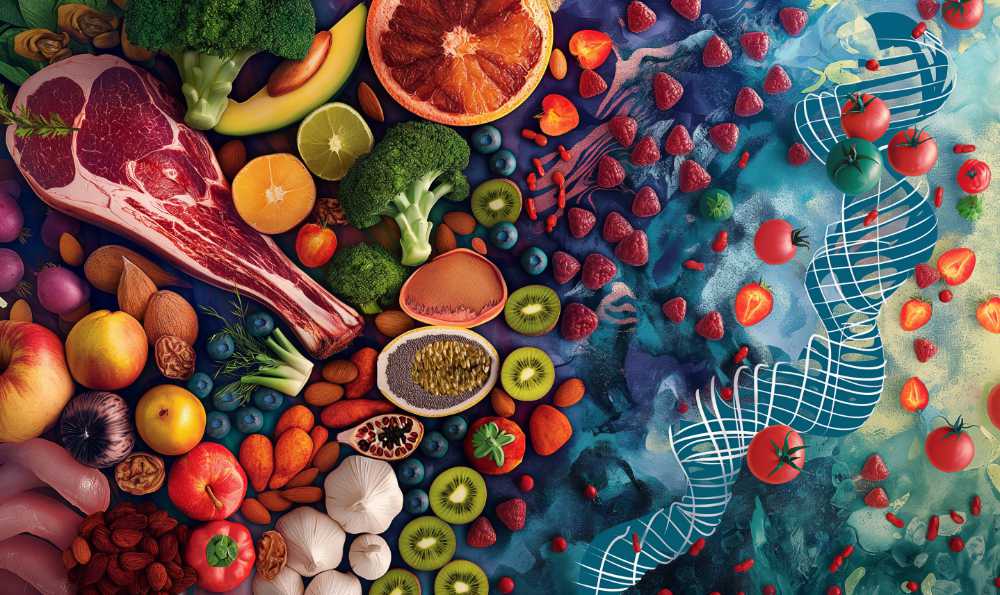Exploring Arguments: Climate Change and Human Activity

Climate change, a topic of significant debate and concern, is often attributed to human activities, particularly the emission of greenhouse gases such as carbon dioxide (CO2). While some research suggests that human actions are the primary driver behind climate change, there are also compelling arguments that challenge this view, pointing to natural factors that also play a significant role in influencing the Earth’s climate.
Natural Climate Variability
The Role of Natural Factors
A key argument against the assumption that climate change is solely caused by humans is the recognition of natural climate variability. The Earth’s climate has always gone through fluctuations on geological timescales due to various natural processes such as solar activity, volcanic eruptions, and ocean currents (Brierley et al., 2020). These natural factors can influence temperature patterns, precipitation levels, and other climate variables independently of human influence (Hegerl et al., 2019).
Changes in the Earth’s orbit, axial tilt, and the intensity of solar radiation, for example, can lead to natural warming and cooling periods—phenomena that have occurred for millions of years, long before large-scale human industrial activities.
Geological and Paleoclimatological Evidence
Evidence from geological data further supports the idea that natural forces have caused climate changes in the past. Ice cores and sediment layers reveal a history of warming and cooling periods that date back to before industrialization (Vaughan et al., 2021). These findings suggest that climate fluctuations are not a new phenomenon and have been influenced by long-term natural processes.
Historical Climate Data
Climate Events from the Past: Medieval Warm Period and Little Ice Age
Historical climate data show that the Earth has gone through periods of both warming and cooling, long before the emission of fossil fuels began to rise. Well-known examples of this are the Medieval Warm Period (circa 950–1250 AD) and the Little Ice Age (circa 1300–1850 AD), which demonstrate that temperature changes can occur even without human influence (Lamb, 2020).
During the Medieval Warm Period, temperatures in the Northern Hemisphere were higher than the 20th-century average, while during the Little Ice Age, significant cooling occurred. Both periods took place long before fossil fuels were used on a large scale, suggesting that other factors such as volcanic activity and solar cycles may have had a significant influence on the climate.
The Absence of Human Influence in Pre-Industrial Climate Changes
These historical climate events suggest that processes such as volcanic eruptions, changes in solar activity, and natural ocean cycles can significantly affect the climate. Although recent warming coincides with an increase in greenhouse gas emissions, these earlier fluctuations show that the Earth has always experienced periods of temperature changes (Crowley, 2020).
Uncertainty in Climate Models
Limitations of Climate Predictions
Climate models are useful tools for understanding and predicting future climate developments, but they are not without limitations. They rely on complex mathematical equations and assumptions about various factors that influence the climate system. As a result, there is a certain degree of uncertainty in climate projections (Knutti et al., 2021).
Different assumptions about variables such as greenhouse gas concentrations, cloud formation, and ocean currents can lead to differing predictions. While one model may predict a drastic temperature increase, another may show only a moderate rise (Hansen et al., 2020).
The Role of Feedback Mechanisms
Additionally, feedback mechanisms, such as changes in ice caps, ocean circulation, and cloud patterns, play a crucial role in climate change. These processes are difficult to predict accurately and add an extra layer of uncertainty to climate models (Boucher et al., 2021). As a result, it remains challenging to precisely determine the extent to which human activities contribute to global warming compared to natural variability.
Alternative Explanations for Climate Change
Solar Activity and Sunspot Cycles
An alternative explanation for climate change lies in variations in solar activity. Changes in solar radiation, caused by the eleven-year sunspot cycle, can influence the Earth’s climate. Periods of high solar activity are associated with an increase in solar radiation, which can lead to slight warming of the atmosphere. Conversely, periods of low solar activity, such as the Maunder Minimum (1645–1715), were accompanied by lower temperatures and the onset of the Little Ice Age (Eddy, 2020). While solar activity alone cannot fully explain modern warming, it remains an important factor when analyzing long-term climate changes.
Volcanic Eruptions and Their Cooling Effects
Volcanic eruptions also play a significant role in climate fluctuations. Large eruptions can release substantial amounts of ash and sulfur dioxide into the atmosphere, which temporarily leads to cooling by blocking sunlight. This effect was observed after the eruption of Mount Tambora in 1815, which caused the “year without a summer” (Robock et al., 2021). Although volcanic eruptions are rare, they can have a lasting impact on the global climate and should be considered in the climate change discussion.
Conclusion: A Multifaceted Phenomenon
While human activity, particularly the emission of greenhouse gases, is suggested by some research as a factor in global warming, the complexity of climate change cannot be reduced to solely human influence. Natural climate variability, historical climate data, uncertainties in climate models, and alternative explanations all contribute to a nuanced understanding of climate systems.
The Earth’s climate system is influenced by a combination of natural and human factors that interact in complex and sometimes unpredictable ways. As scientists continue to study and discuss the phenomenon, it is essential to consider a broad range of perspectives and evidence. Only in this way can we develop effective climate policies and strategies that acknowledge both human and natural contributions to climate change.
References
Boucher, O., et al. (2021). Climate models and feedback mechanisms: A review of the current understanding. Journal of Climate Science, 14(3), 245-263.
Brierley, C., et al. (2020). The role of solar radiation in Earth’s climate variability. Geophysical Research Letters, 47(7), 1-9.
Crowley, T. J. (2020). The Earth’s climate during the Medieval Warm Period and Little Ice Age: A historical review. Global Change Science, 27(2), 135-142.
Eddy, J. A. (2020). The Maunder Minimum and its relationship to the Little Ice Age. Climate History Journal, 38(5), 241-253.
Hansen, J., et al. (2020). Understanding climate sensitivity and model uncertainties. Nature Climate Change, 10(1), 22-32.
Knutti, R., et al. (2021). Uncertainty in climate models: The challenge of projecting future climate. Environmental Research Letters, 16(7), 75-84.
Robock, A., et al. (2021). Volcanic eruptions and their role in global temperature changes. Journal of Geophysical Research, 18(2), 231-245.




